India VIX soars 5% as fear factor hits stock markets
India VIX is calculated by using the best bid-ask quotes of near and next-month Nifty options contracts which are traded on the F&O segment of NSE. India VIX indicates the investor’s perception of the market?s volatility in the near term i.e. it depicts the expected market volatility over the next 30 calendar days. Higher the India VIX values, higher the expected volatility and vice-versa.

With the domestic stock markets continuing to trade on a volatile note, the fear factor on Dalal Street is creeping up. India VIX, a measure of market’s expectation of volatility over the near-term, jumped 5% on Wednesday after hitting its lowest level this calendar year on Tuesday. The volatility index, computed by NSE based on the order book of Nifty Options, stood at 12.50, up 5.14% compared to 11.89 in the previous session. The day to day rise in the fear factor gauge on April 25 is the highest in over a month.
India VIX is calculated by using the best bid-ask quotes of near and next-month Nifty options contracts which are traded on the F&O segment of NSE. India VIX indicates the investor’s perception of the market?s volatility in the near term i.e. it depicts the expected market volatility over the next 30 calendar days. Higher the India VIX values, higher the expected volatility and vice-versa.
The NSE Nifty 50 is back at its year’s starting level, with the index at 10570.55 while Nifty futures is at 10568.60. “Technically, the dynamics remain more or less unchanged & largely on a predefined trajectory. It seems to be driven on the minute scale by statistical levels. On the higher side, Nifty 50 levels around 10640-10740 now stand as a potential barrier, while the levels on the lower side around 10450-10350 assume significance,” said GEPL Equities.
The India VIX had dropped to 11.58 on December 22, 2017, but thereafter rose to 14 levels by mid-January in 2018. In early February, the India VIX hit 24 level but has consistently dropped since then.
Market experts say that recent events like the US treasury yields hitting multi-year highs are affecting Indian market sentiment. “In keeping with the recent trend, markets continued to trade on a volatile note and swung between the positive and negative zone, through the day. Recent firmness in crude prices, rising bond yields in the US and the expiry of derivatives contracts this week, all contributed to the volatility in the markets,” says Abhijeet Dey, senior fund manager-equities, BNP Paribas Mutual Fund.
Asian stocks on Wednesday tumbled across the board while the US stocks witnessed selling pressure after the 10-year US Treasury yield briefly touched the psychologically important 3% level for the first time in four years.
Watch this Zee Business video
Some technical analysts say that VIX rising by 5% may not always indicate bearishness. “Although India VIX is often called the fear gauge, a high India VIX not necessarily means bearish for stocks. Instead, the India VIX is a measure of market perceived volatility in either direction, including an upside,” said a foreign brokerage’s technical research head, who is not authorised to speak to media.
Source: DNA Money
Get Latest Business News, Stock Market Updates and Videos; Check your tax outgo through Income Tax Calculator and save money through our Personal Finance coverage. Check Business Breaking News Live on Zee Business Twitter and Facebook. Subscribe on YouTube.
RECOMMENDED STORIES

Retirement Planning: How one-time investment of Rs 10,00,000 can create Rs 3,00,00,000 retirement corpus
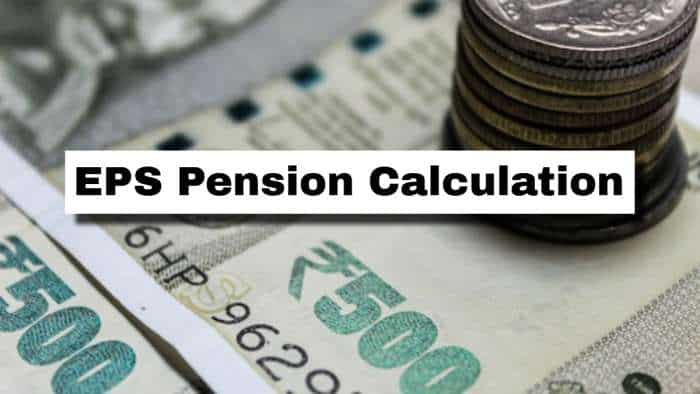
EPS Pension Calculation: Estimate your monthly pension with Rs 35,000 salary, 25 years of service & age 33

Monthly Salary Calculations: Is your basic salary Rs 24,500, Rs 53,000, or Rs 81,100? Know how much total salary central government employees may get
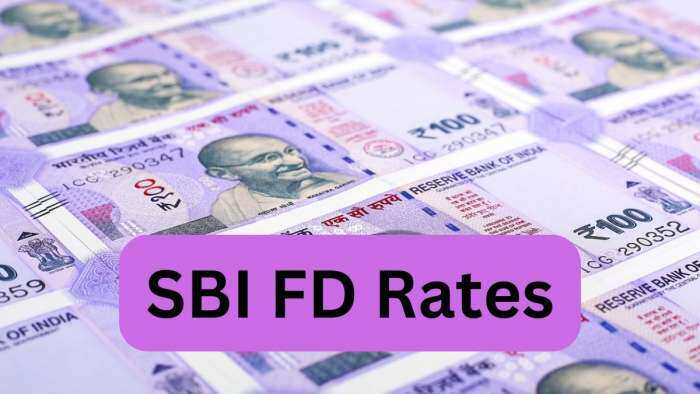
SBI FD Rates - Know what PSU bank is giving to senior citizens and others on Rs 1 lakh investment in 1-year, 3-year, and 5-year tenure
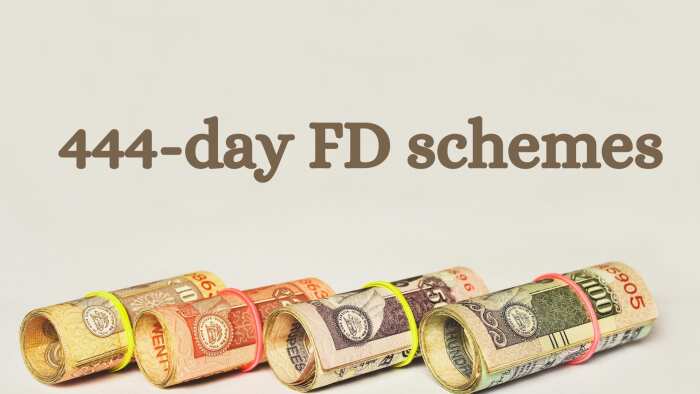
444-Day Special FDs: How much will you earn by investing Rs 5 lakh and Rs 7 lakh in SBI, Indian Overseas Bank, and Federal Bank fixed deposit schemes?
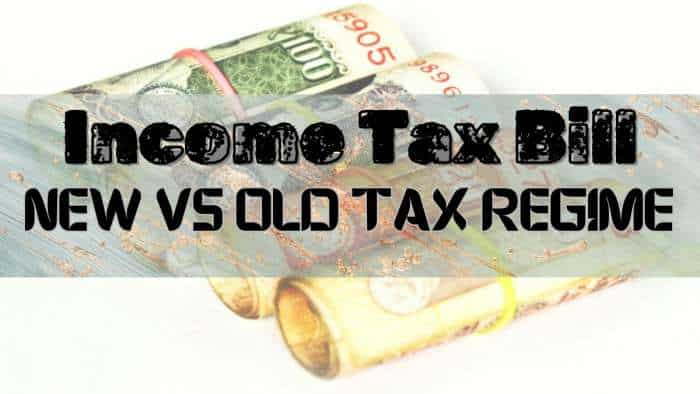
Income Tax Calculations: What will be your tax liability if your salary is Rs 8 lakh, Rs 14 lakh, Rs 20 lakh, and Rs 26 lakh?
10:29 AM IST








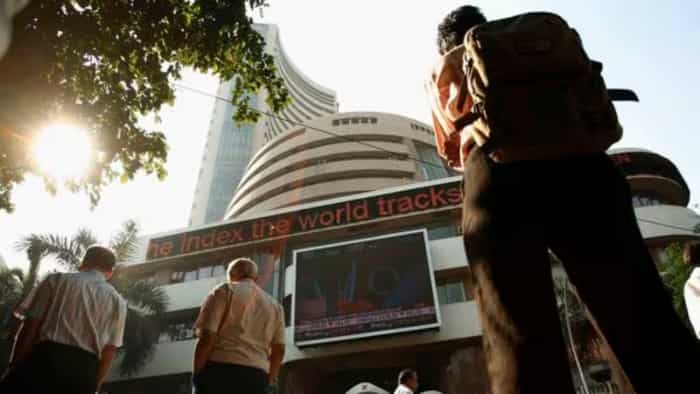

 INDIA VIX up 14% amid rising Middle East tensions; points to increased volatility going ahead
INDIA VIX up 14% amid rising Middle East tensions; points to increased volatility going ahead India VIX rises over 41% amid uncertainty around LS polls; what should investors do?
India VIX rises over 41% amid uncertainty around LS polls; what should investors do?  Volatility index India VIX surges once again; what does it mean for investors?
Volatility index India VIX surges once again; what does it mean for investors? Volatility index VIX crosses 17 mark; here is what to make of it
Volatility index VIX crosses 17 mark; here is what to make of it India VIX slipped nearly 20% in Tuesday's trade; here is what investors need to know
India VIX slipped nearly 20% in Tuesday's trade; here is what investors need to know